Description
“A circle of small children’s bodies swirled and swirled before my eyes, every day, whenever I left my house. The image of their high-pitched singing swirled with the movement of their bodies in a single song, with a single verse, repeated in an uninterrupted cycle: Hamida gave birth to a boy, named him Abd al-Samad, preceded the egos, the gifts snatched his head, hurry, hurry… O monkey’s showman! They repeated the song… It seemed to me (and the imagination at that moment was reality) that one of the singing children, holding hands in the shape of a rotating circle, suddenly emerged from the circle. I saw his small body separate from the regular circular line of his rotation like a specific, bright point. Like a star that had lost its eternal balance, it was separated from the infinite universe and rushed with a rapid, random movement, glowing with a flame like a meteor before it burned up.
With my dear investigation, my eyes followed his movement. When he stopped, he was close to me. I saw his face. It wasn’t a boy, it was a girl. I didn’t know for sure that she was a girl, for children’s faces are like the faces of old women. It’s a gender for her. Between childhood and old age, a stage in which a person is forced to declare their gender with greater clarity is the critical gaze through which Nawal El Saadawi examines her society, a society seething with customs and ideas that crush femininity. Were it not for the prohibition of kindling, the female would be drowned in her cradle.
Nawal El Saadawi’s fluid and fluid meanings attract the reader, who takes a different angle from which to observe the events, gathering all their senses and emotions that flow unintentionally to boast with Hamida, the character who embodied the oppressed female in that “circular song.”

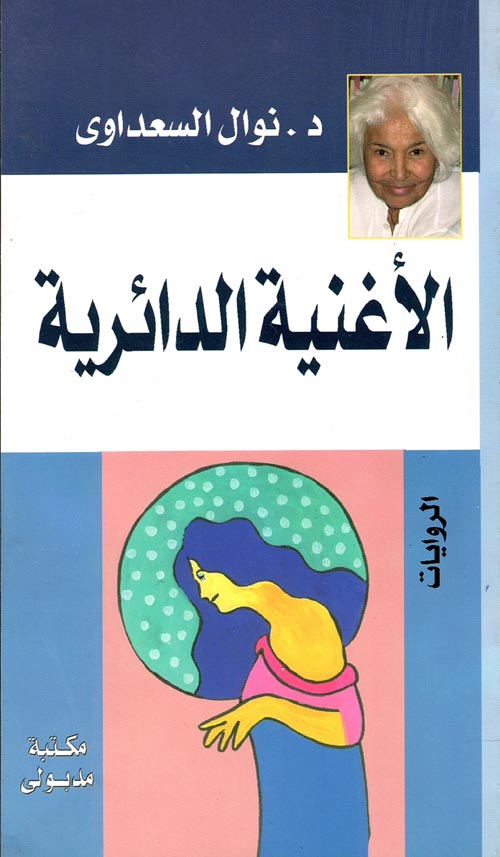
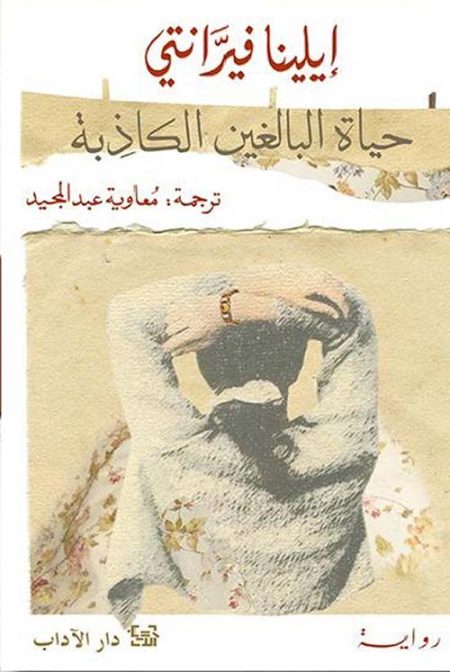
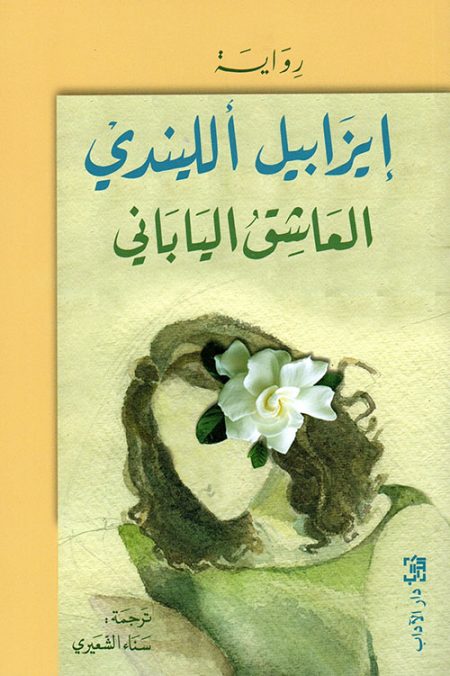
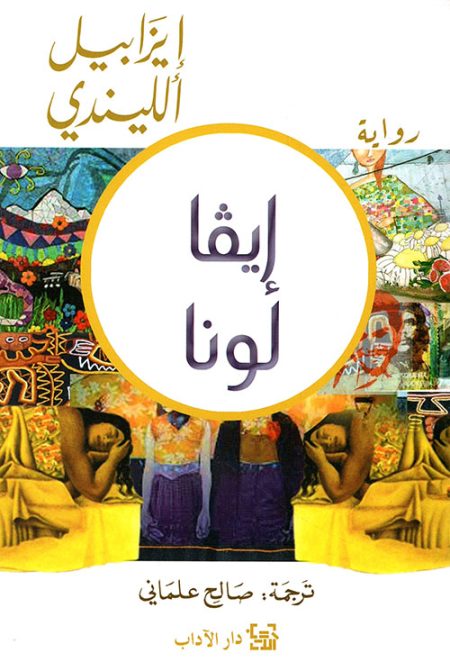
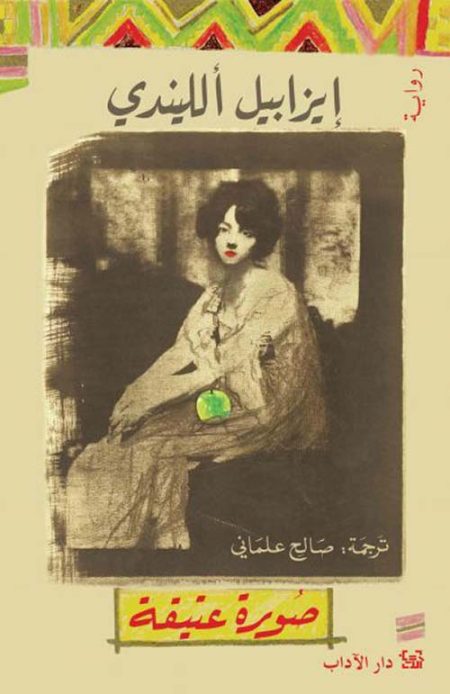
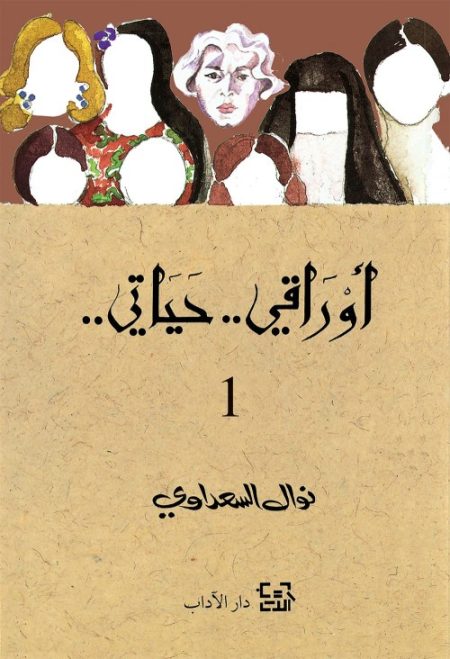




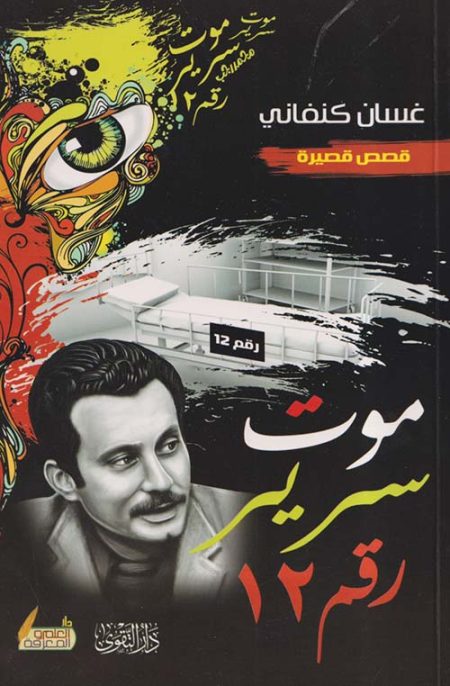

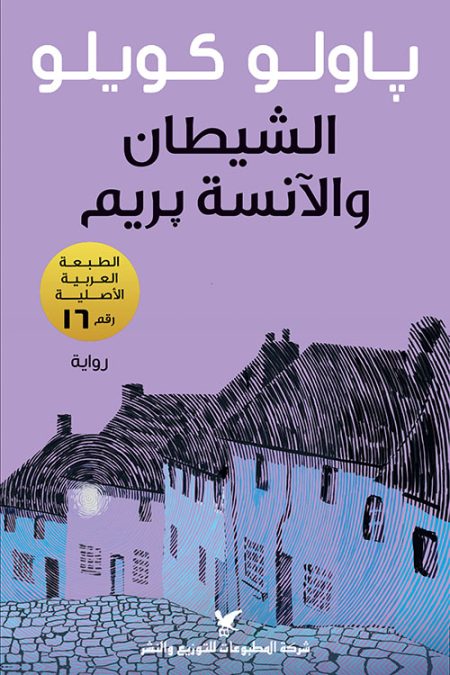
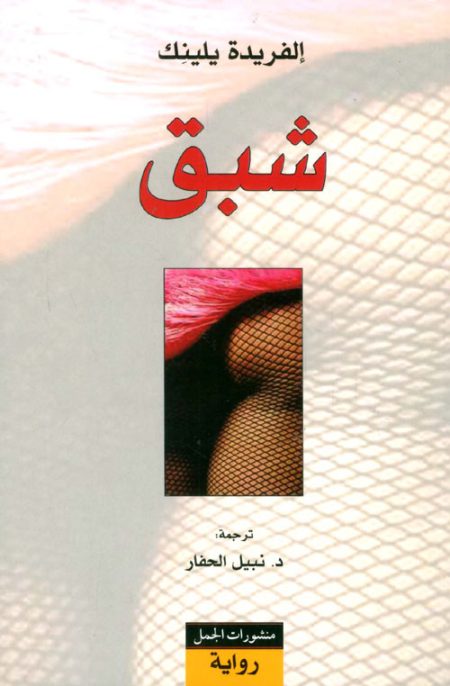
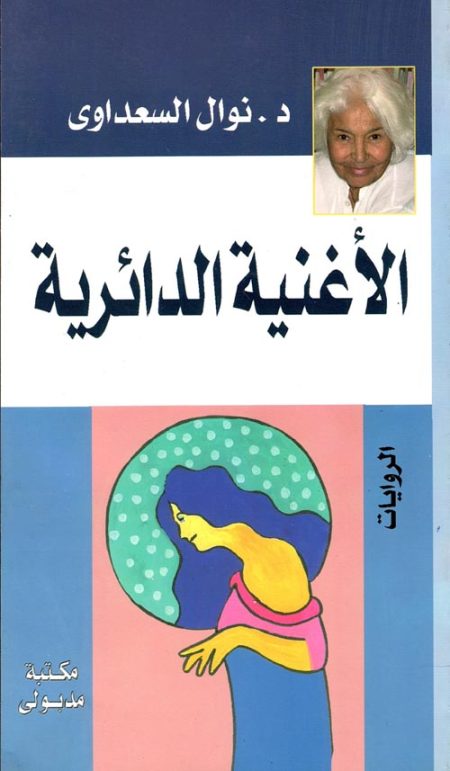
Reviews
There are no reviews yet.